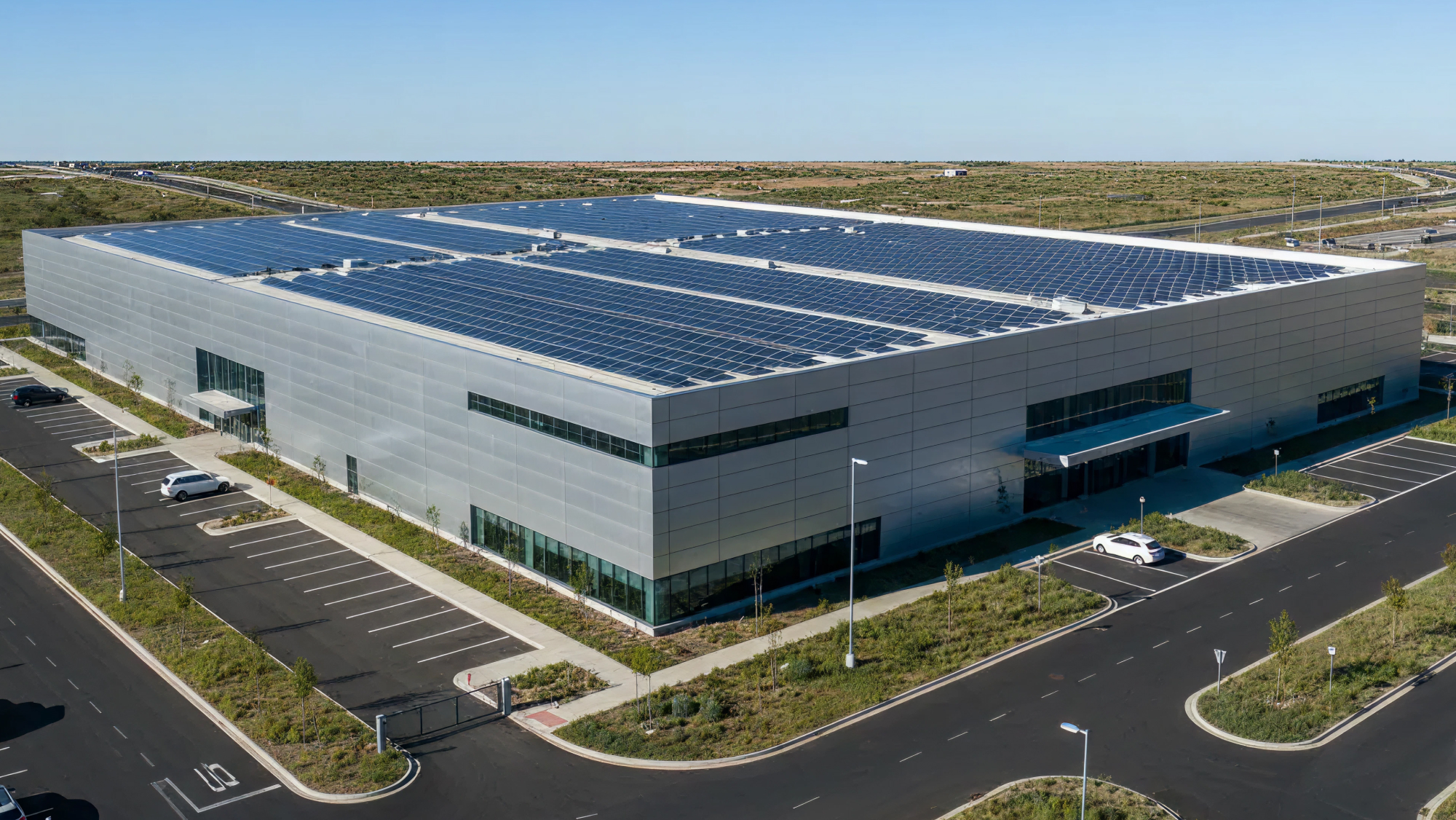Solar Financing Terms Explained

When it comes to solar financing, there are numerous technical terms and jargon used that can be overwhelming. The purpose of this article is to provide a clear understanding of these concepts to help you make informed decision about the best financing option for your solar project.
PPA: A PPA, or Power Purchase Agreement, is an agreement between two parties.
- Solar PPA Seller (Party A): The solar asset owner or investor responsible for designing, permitting, installing, owning, and operating the solar system.
- Solar PPA Buyer (Party B): The organization that buys solar energy from the PPA Seller.
Solar Investor: The party investing capital (CapEx) for the installation of the PV (photovoltaic) System. Investor returns can be composed of:
- PPA revenue from energy sales to off-taker(s)
- Section 48 investment tax credits, aka ITC
- Depreciation, the value of which comes from writing off the solar asset far earlier than the real-world asset’s end of service life
Building Owner: The organization that owns the building, which can either be an owner-occupant or a landlord.
- Owner-occupants: Pays the utility bill aka owns the utility relationship
- Landlord: may have a “house account” with the utility to power common-area items like lighting, HVAC, elevators. Tenants often but not always pay their own utility bill under their own service agreement with the utility, to which the LL isn’t a party, implying that tenant usage may be difficult to verify, given LL-tenant relationship characteristics
Tenant: The Tenant occupies and operates within the building. Sometimes the building owner and tenant are the same and other times they are two separate organizations, with the tenant renting the building from the building owner.
Off-taker: Term used to represented the entity purchasing solar energy from the Solar PPA Investor (or Seller).
Cash Purchase / Self-Financing: When there is no third parties involved and the owner of the asset is directly benefiting from the energy savings, it is considered self-financed. Typically this would require the building owner to supply the CapEx for the Solar asset and capture the benefits of the energy savings on their utility bill directly.
Property Assessed Clean Energy (PACE): Property Assessed Clean Energy (PACE) is a financing method to pay for energy-saving upgrades to buildings, like solar projects. PACE rules vary by state, but they generally let lenders fund up to 100% of the project cost. Pace is also known as Commercial Property Assessed Clean Energy (CPACE).
C02 Credits: CO2 credits, also known as carbon credits, are a market-based tool used to reduce greenhouse gas emissions. Companies or organizations can earn credits by reducing their greenhouse gas emissions below a certain threshold, and then sell these credits to other companies that need to offset their emissions. Essentially, CO2 credits enable companies to pay for emissions reductions rather than reducing their own emissions directly.
Section 48 Investment Tax Credits (ITC): Section 48 Investment Tax Credits (ITC) is a federal tax credit that provides a financial incentive for businesses and individuals to invest in renewable energy projects. The ITC allows eligible taxpayers to claim a credit equal to a percentage of their investment in solar energy property, fuel cells, microturbines, and small wind turbines. This credit can be used to offset the taxpayer's federal income tax liability, and any unused credit can be carried forward to future tax years.
Depreciation: Depreciation refers to the decrease in value of an asset over time due to wear and tear, aging, and other factors. In the context of solar financing, depreciation is an important tax benefit that allows solar project owners to recover the cost of their solar assets over a set period of time. The depreciation expense can be deducted from taxable income, reducing the project owner's tax liability. This helps to make solar investments more attractive by improving the financial returns of the project.
GAAP accounting advantages: GAAP accounting advantages refer to the benefits that come with following Generally Accepted Accounting Principles (GAAP) in financial reporting. GAAP is a set of standard accounting principles and guidelines that companies use to prepare their financial statements. By following GAAP, companies ensure that their financial statements are consistent, transparent, and accurate. Some of the advantages of using GAAP accounting include improved financial reporting accuracy, greater transparency, and better understanding of financial statements by investors and stakeholders. In addition, GAAP accounting can help companies avoid legal or regulatory issues and reduce the risk of financial fraud.



